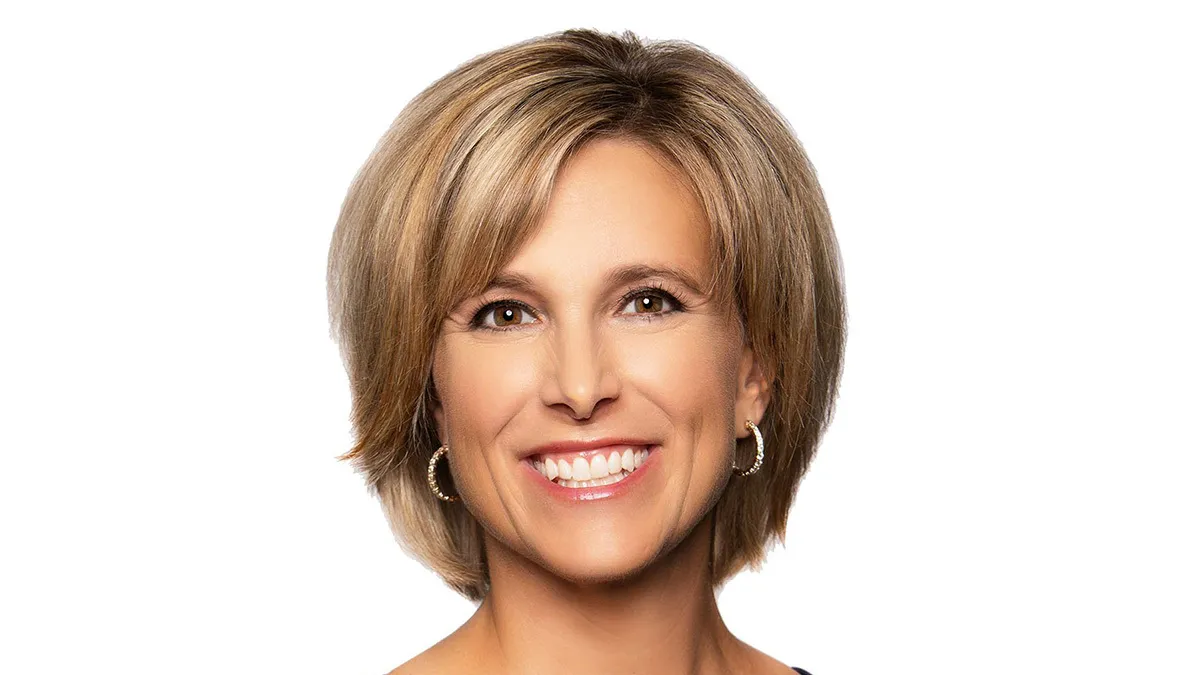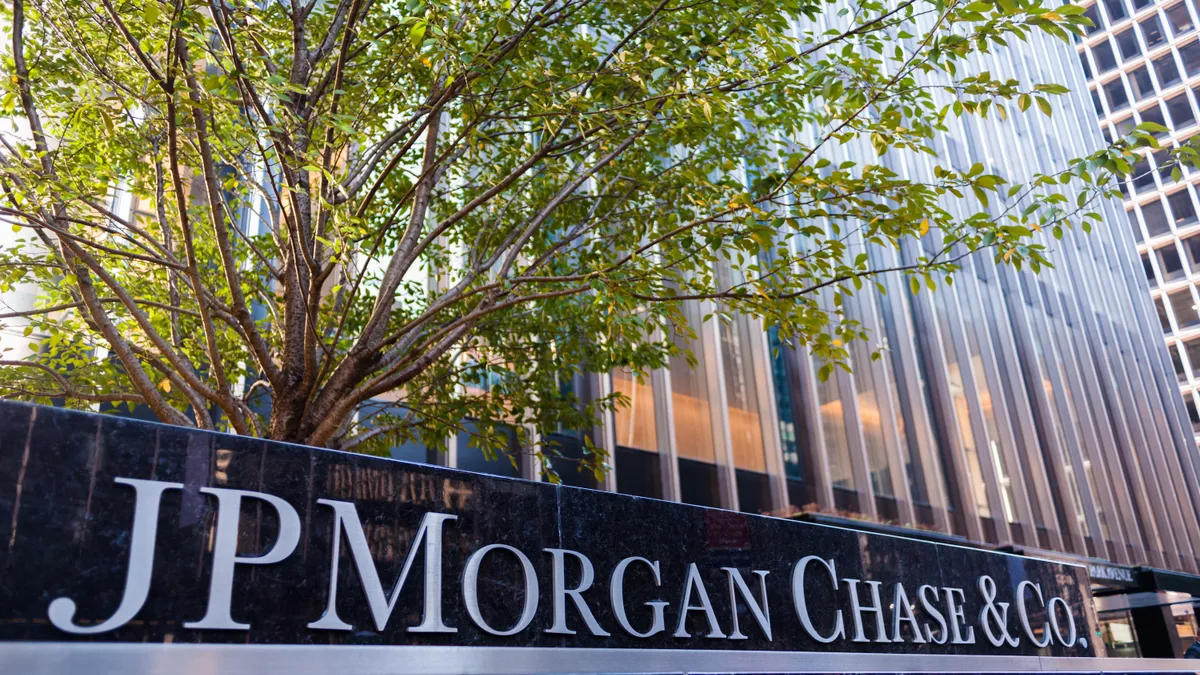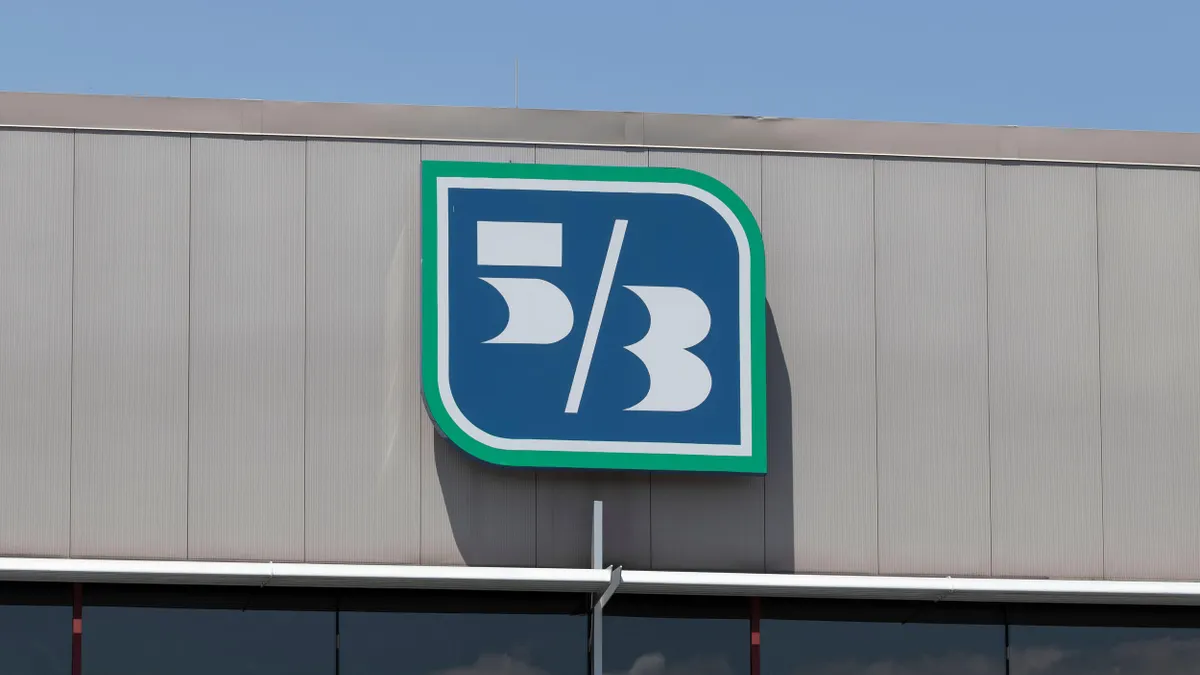The Federal Reserve isn’t in a rush to join the crypto-bandwagon. That's the takeaway from a draft paper the Fed released Thursday laying out the pros and cons of a Central Bank Digital Currency (CBDC).
The 40-page report makes no policy recommendations and is designed to solicit comments from the public.
"We look forward to engaging with the public, elected representatives, and a broad range of stakeholders as we examine the positives and negatives of a central bank digital currency in the United States," Federal Reserve Chair Jerome Powell said in a press release Wednesday.
The report offered this caveat: "The paper is not intended to advance any specific policy outcome, nor is it intended to signal that the Federal Reserve will make any imminent decisions about the appropriateness of issuing a U.S. CBDC."
Powell initially promised in May to deliver the report last summer, but postponed publication several times, as the Fed grappled with other issues, including the resignations of several board members and rising inflation.
Crypto has evolved
In recent years, cryptocurrencies have evolved from a novelty that investing luminaries, including Warren Buffett, denounced as a scam to a policy option being considered by the Fed.
Whereas current digital forms of money circulate in the private sector and are typically a liability of commercial banks, a U.S. CBDC would shift that liability to the Federal Reserve, a government entity that aims to operate in the public interest. Skeptics of CBDCs abound, as do supporters.
One payments trade group, the Electronic Transactions Association, "welcomed" the report in a Wednesday press release as a starting point for discussing "the possible creation of a CBDC.” The group reiterated a series of principles that it argues should guide any such development. Chiefly, the group insists any new digital form of payment should be judged on whether it improves the "existing robust, fast, and secure payments system,” the association's CEO, Jodie Kelley, said in the release.
The ETA, whose membership includes big tech companies with interests in the payments industry, wants the Fed to encourage innovation, rely on the private sector and protect consumers, the statement said.
Fed wants buy-in
Staff at the Fed have studied CBDCs for "several years," but setting up a digital currency backed by the Federal Reserve would be complicated.
"Designing appropriate defenses for CBDC could be particularly difficult because a CBDC network could potentially have more entry points than existing payment services," the paper said. "Although securing CBDC would be challenging, a CBDC could enhance the operational resilience of the payment system if it were designed with offline capability (that is, if it allowed some payments to be made without internet access)."
Some central banks globally have already launched CBDCs, or are using them in pilot projects, notably China. Many others are considering the possibility, according to the Atlantic Council. The issue is of particular importance to the U.S. as it seeks to maintain the dollar's standing as the reserve currency of the world.
Not surprisingly, the Fed won’t issue a CBDC without clear support from both the executive and legislative branches "ideally in the form of a specific authorizing law," the paper says.
Potential benefits
"The Federal Reserve’s initial analysis suggests that a potential U.S. CBDC, if one were created, would best serve the needs of the United States by being privacy-protected, intermediated, widely transferable, and identity-verified," according to the Fed paper.
Technological advances in recent years have resulted in a wave of new products and services financed by the private sector such as mobile payment apps and digital wallets, and new digital assets such as cryptocurrencies and stablecoins.
"While the existing U.S. payment system is generally effective and efficient, certain challenges remain," the paper says. "In particular, a significant number of Americans currently lack access to digital banking and payment services. Additionally, some payments — especially cross-border payments — remain slow and costly."
Moreover, millions of unbanked Americans are forced to rely on costly financial services such as money orders, payday loans and check cashing services. Having access to a CBDC would help these low-income consumers.
"Like existing forms of commercial bank money and nonbank money, a CBDC would enable the general public to make digital payments," the Fed report said.
There would be unique benefits though too, the Fed said.
"As a liability of the Federal Reserve, however, a CBDC would not require mechanisms like deposit insurance to maintain public confidence, nor would a CBDC depend on backing by an underlying asset pool to maintain its value, according to the report. "A CBDC would be the safest digital asset available to the general public, with no associated credit or liquidity risk."
Possible drawbacks
Nonetheless, the Fed pointed to potential drawbacks of a CBDC also.
The government would need to "ensure a CBDC would preserve monetary and financial stability as well as complement existing means of payment," the release said. In addition, it noted that it would need to be certain to "preserve the privacy of citizens and maintain the ability to combat illicit finance."
The Fed is accepting comments on the paper for 120 days.




















